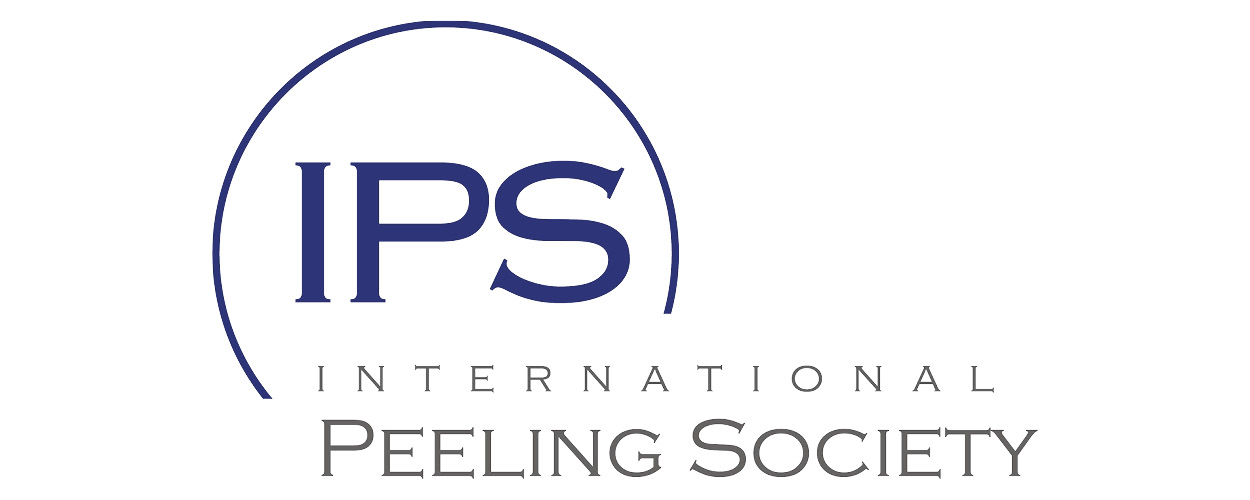Objectives: Numerus aesthetical treatments can be used in the peri oral area; Each patient is a special case. Patient wishes and practitionner experience must be considered as well as the acceptable down time and the complications that may occur. Peelings, although they have been used for years, remain a treatment of choice in this specific location. Unfortunately, practitionners attracted by newer technologies are less and less trained for peelings and do not tend to use them.
Introduction: AHA peels are very superficial, and remain in the epidermis. These won't play a major role in this location and will be of use only in patients with darker skin who are at risk with stronger peels. On this area, medium to deep peels, alone or in association with other techniques will be a better option. 25 to 35% TCA peels: mecanism of action is related to acidity, leading to protein coagulation and cell death. The higher the concentration, the deeper the penetration untill total neutralisation.
Materials / method: Propenetration: The skin is often very thick and very damaged in this location. 35% Phenol peels with high croton concentration (1.2 to 1.6%) for a better penetration in this location. Croton oil has a keratolytic action that will enhance the action of phenol which has a toxic effect leading to cell death.
An abrasion (electrodissection as well as sandpaper abrasion removing the superficial layer of the skin, microporation with Fractionnal CO2 laser) prior to the application will allow a deeper penetration and therefore a better result will be obtained.
Results: Follow up, complications and results: Dark skins must not be treated. Downtime period can last up to 2 weeks and redness up to 2 month. Major side effect is HPPI, which happens frequently and can last up to 6 month. Results are often spectacular.
Conclusion: Peri oral area is a very resistant location. Medium to deep peels remain the treatment of choice, especially when an abrasive technique is performed prior to the application when the skin is very damaged..
Divulgação de informações
Você recebeu algum patrocínio para sua pesquisa neste tema?
Não
Você recebeu algum tipo de honorário, pagamento ou outra forma de compensação por seu trabalho neste estudo?
Não
Você possui relação financeira com alguma entidade que possa competir com os medicamentos, materiais ou instrumentos abordados no seu estudo?
Não
Você detém ou pediu a registro de patente para algum dos instrumentos, medicamentos ou materiais abordados no seu estudo?
Não
Este trabalho não recebeu nenhum patrocínio direto ou indireto. O mesmo está sob a própria responsabilidade do seu autor.



















